In a typical year, Patti Ranahan's Health Promotion class (AHSC 460) spans eight months and covers many topics related to health, from health literacy, to determinants, to health communication...
But this year has proved far from typical.
The explosion of the COVID-19 global pandemic has shut down many aspects of public life, including university campuses, requiring teachers to take their courses online and find new ways to teach.
For Ranahan, the pandemic presented a unique opportunity to allow her students to take the concepts they had been learning in class and immediately apply them to their own experiences.
“As we faced the pandemic, health promotion theories, models of health behaviour change, and health promotion concepts and strategies came alive. We had discussed various health communication strategies, and here we were in the midst of constant news feeds about health,” says Ranahan, an associate professor in the department of Applied Human Sciences in the Faculty of Arts and Science.
Learning in real time
“Students’ portfolios submitted in mid-April reflected how the pandemic influenced their change process, illustrating how health behaviour change is influenced by context, and not solely about an individual’s willpower, commitment or motivation,” Ranahan explains.
Next, Ranahan redesigned two online course lectures on digital health promotion and health communication/health messaging, with the purpose of enhancing students’ critical media health literacy.
“This way, they had strategies in place to challenge misinformation or disinformation circulating about COVID-19, and to understand how politicians and experts are using risk communication strategies to shift public behaviours,” says Ranahan.
Finally, she offered students a bonus assignment to design a poster or pamphlet based on health literacy guidelines that would convey a health message about COVID-19.
Students tackled the problem of effectively communicating the seriousness of the virus.
“Some people do not initiate behaviour change possibly due to a perception that they are not susceptible or that COVID-19 is not severe. Perceived susceptibility and perceived severity are factors in the Health Belief Model about behaviour change we discussed in our class.”
Ranahan says the course has impacted her own views on health in all its aspects.
“It’s something that connects us globally, together. It is a collective responsibility that comprises physical, mental, social, emotional and spiritual health and well-being.”
Student reflections


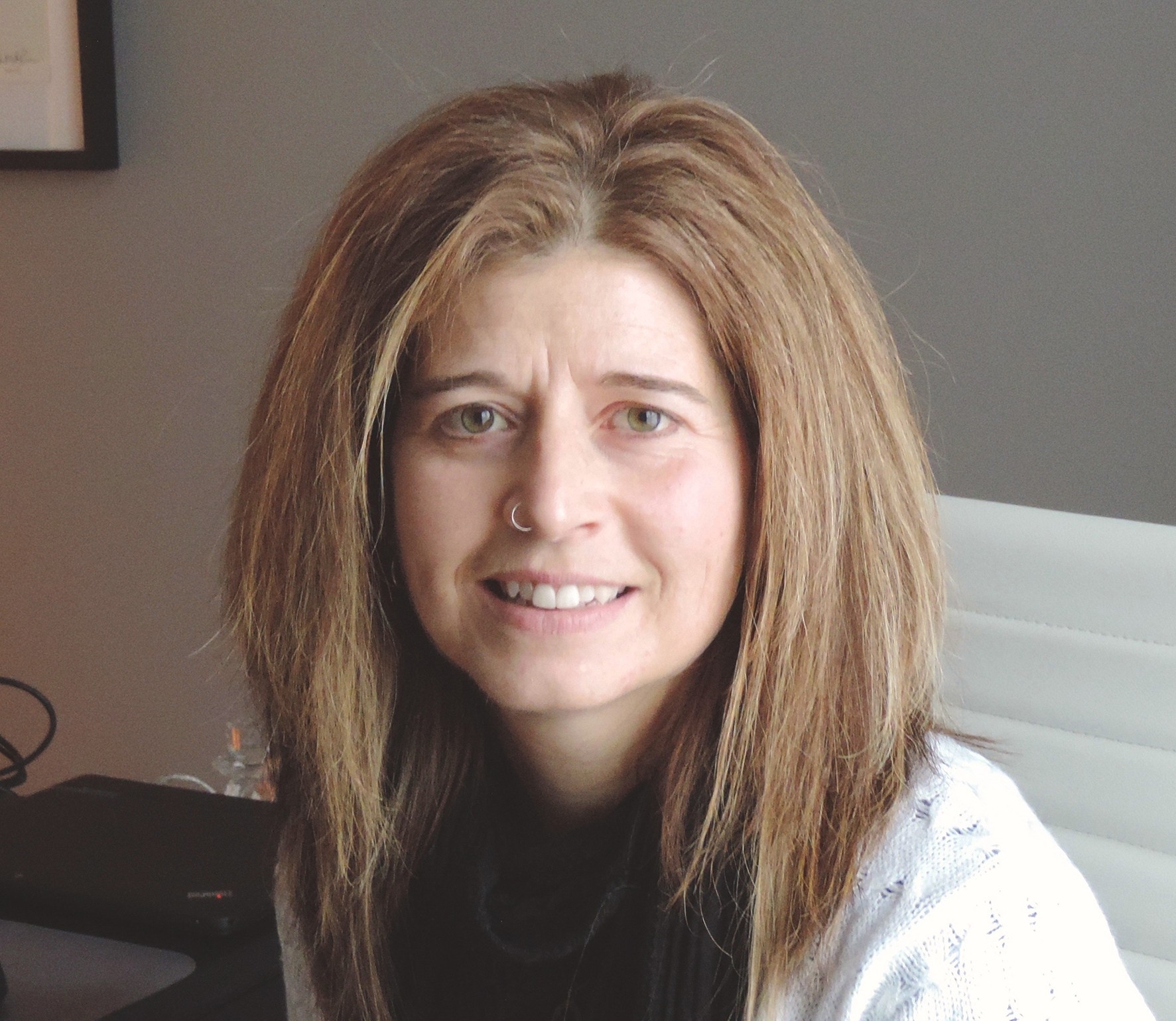 Patti Ranahan, associate professor, department of Applied Human Sciences
Patti Ranahan, associate professor, department of Applied Human Sciences
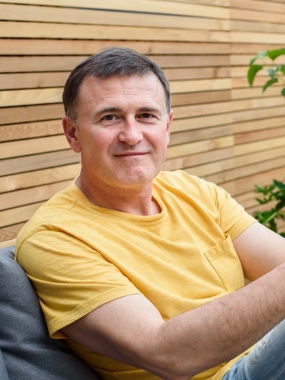 Valerly Smirnov
Valerly Smirnov
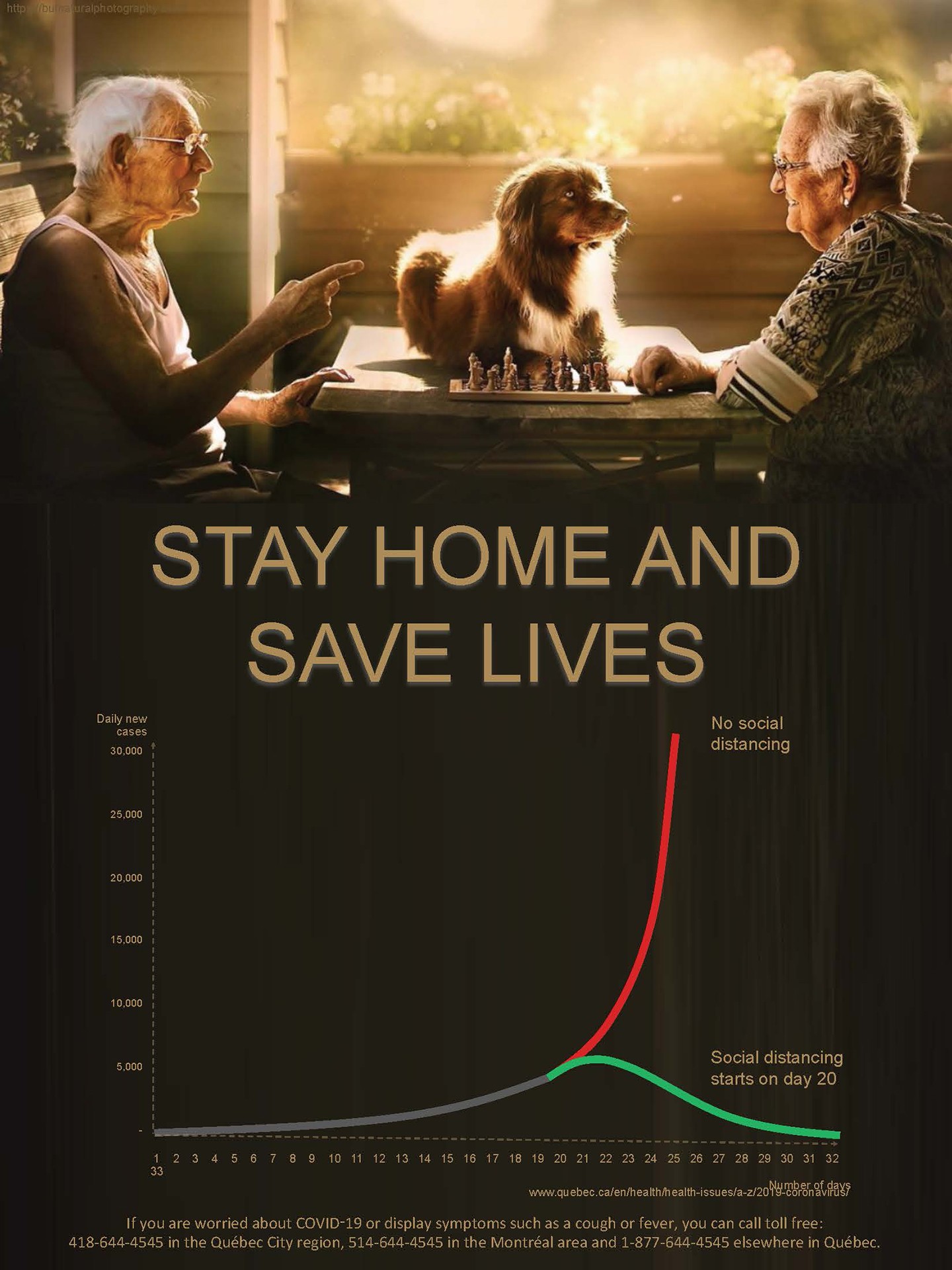 Smirnov's poster
Smirnov's poster
 Victorya Cocoris
Victorya Cocoris
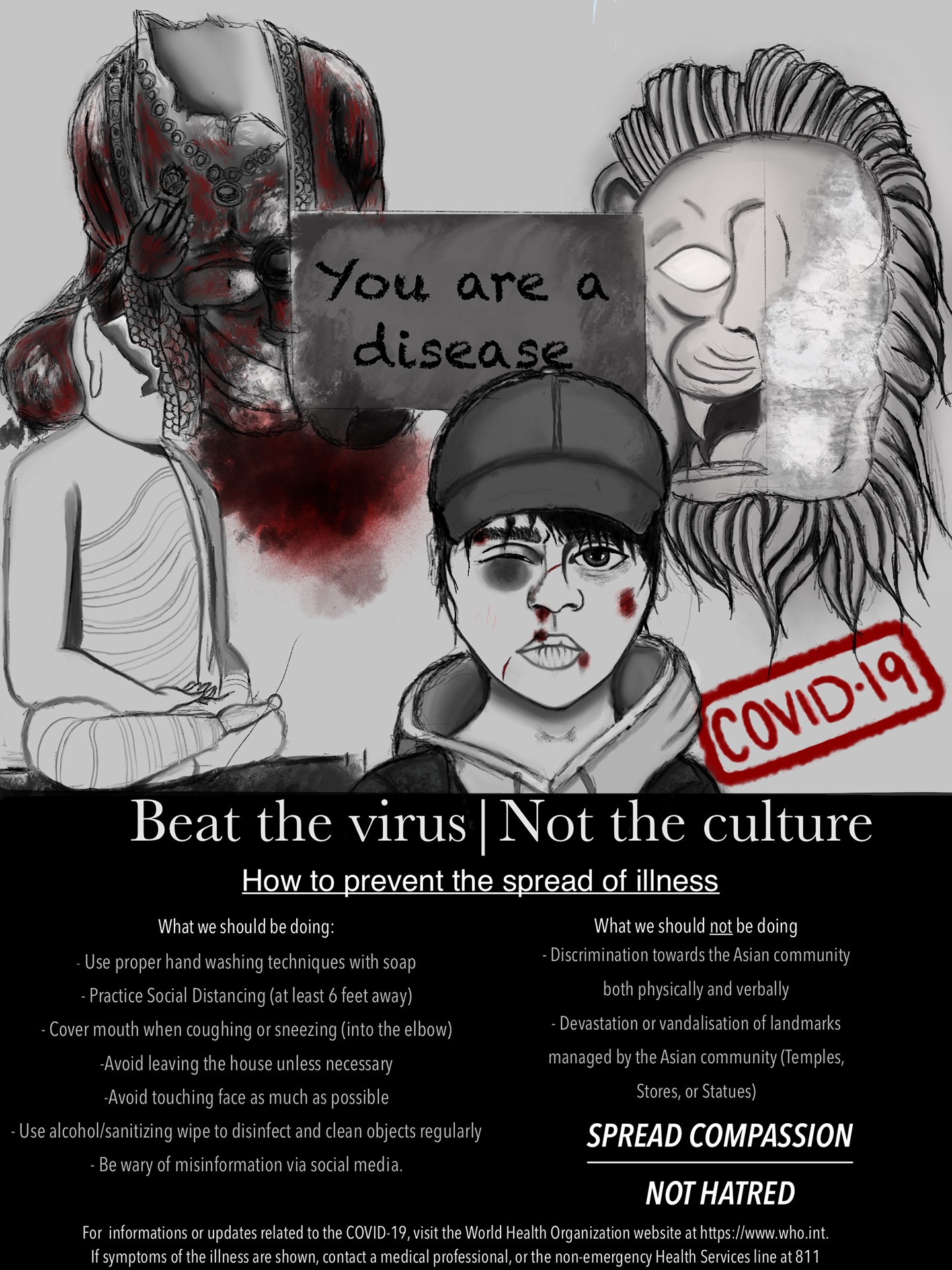 Cocoris' poster
Cocoris' poster
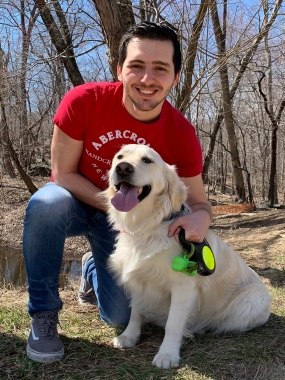 Robert Akl
Robert Akl
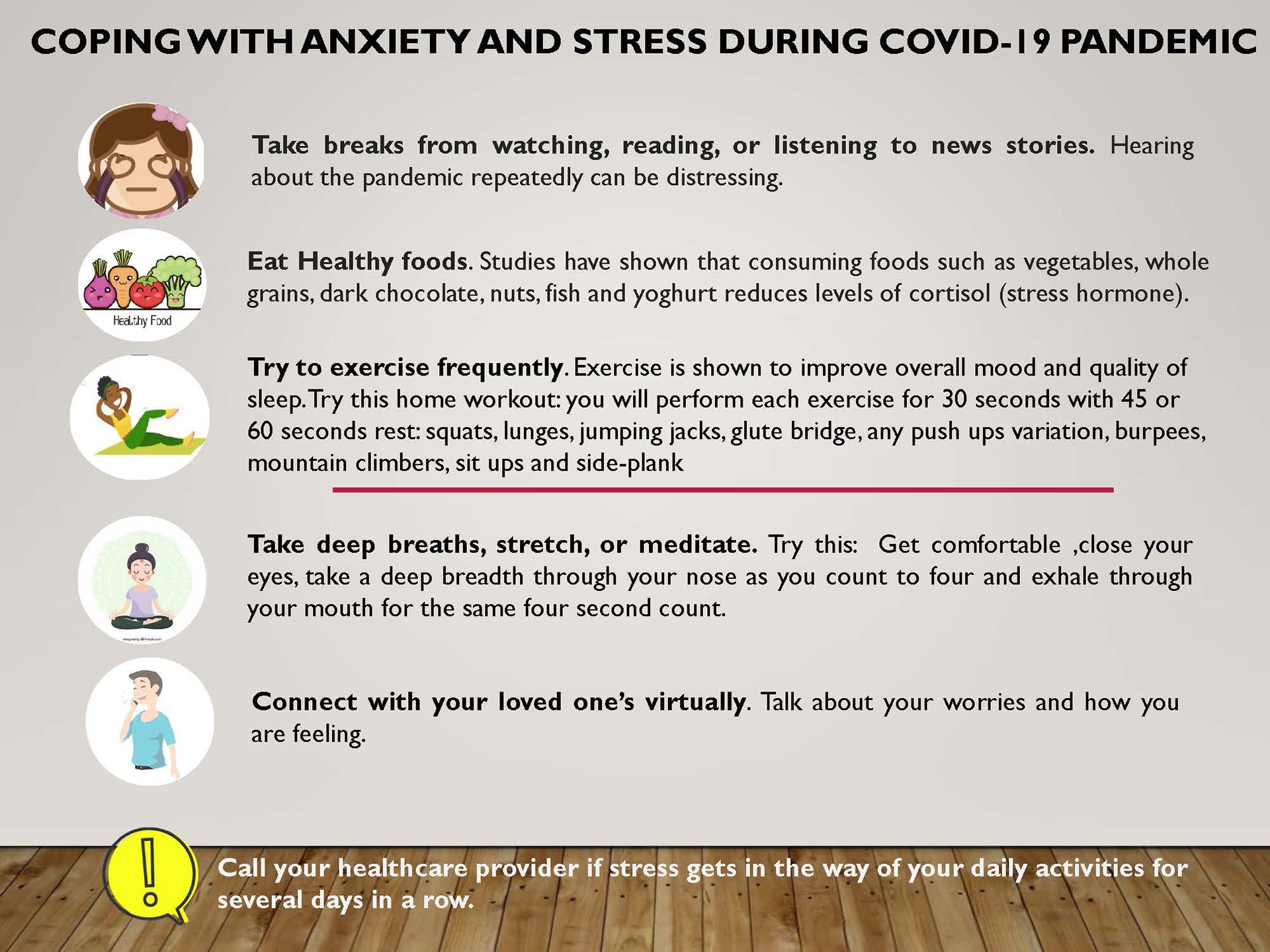 Akl's poster
Akl's poster